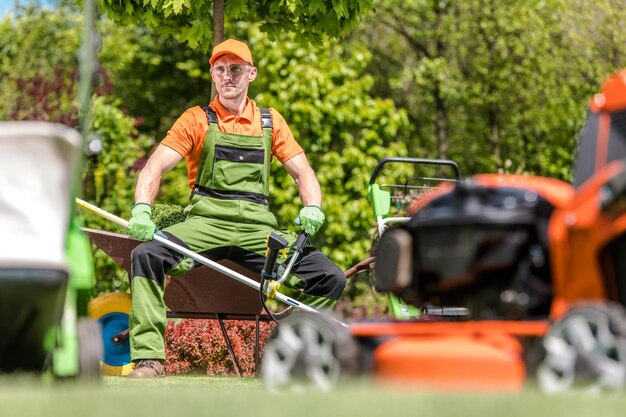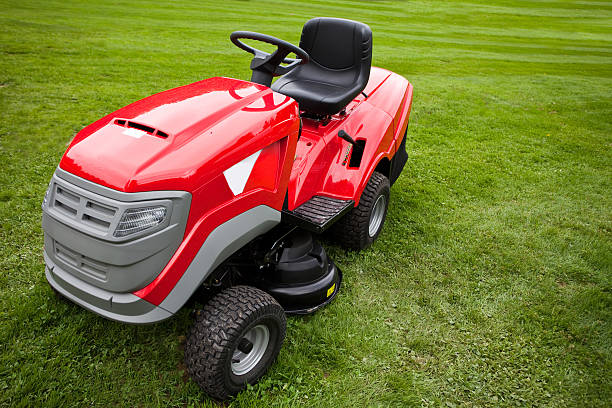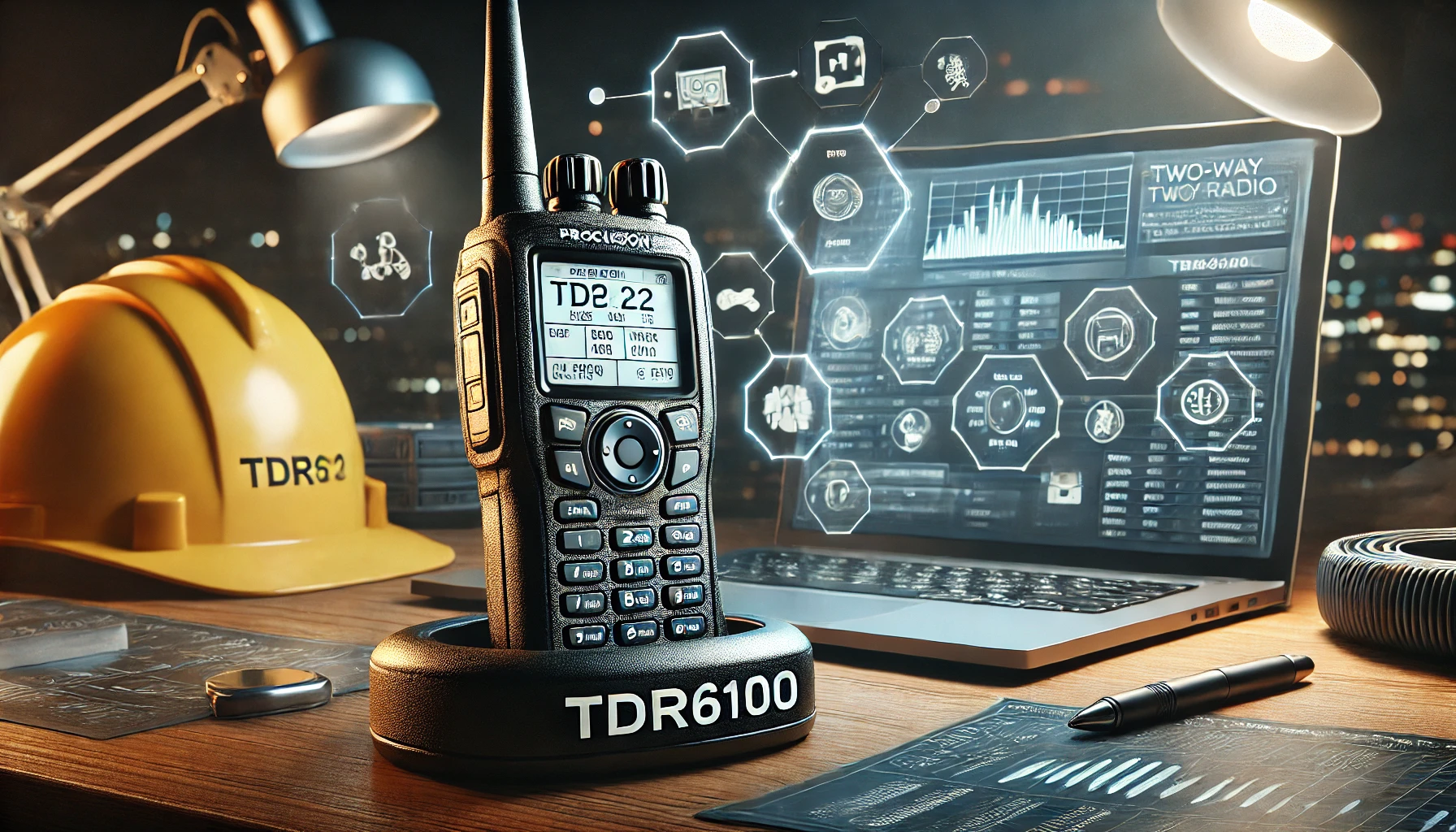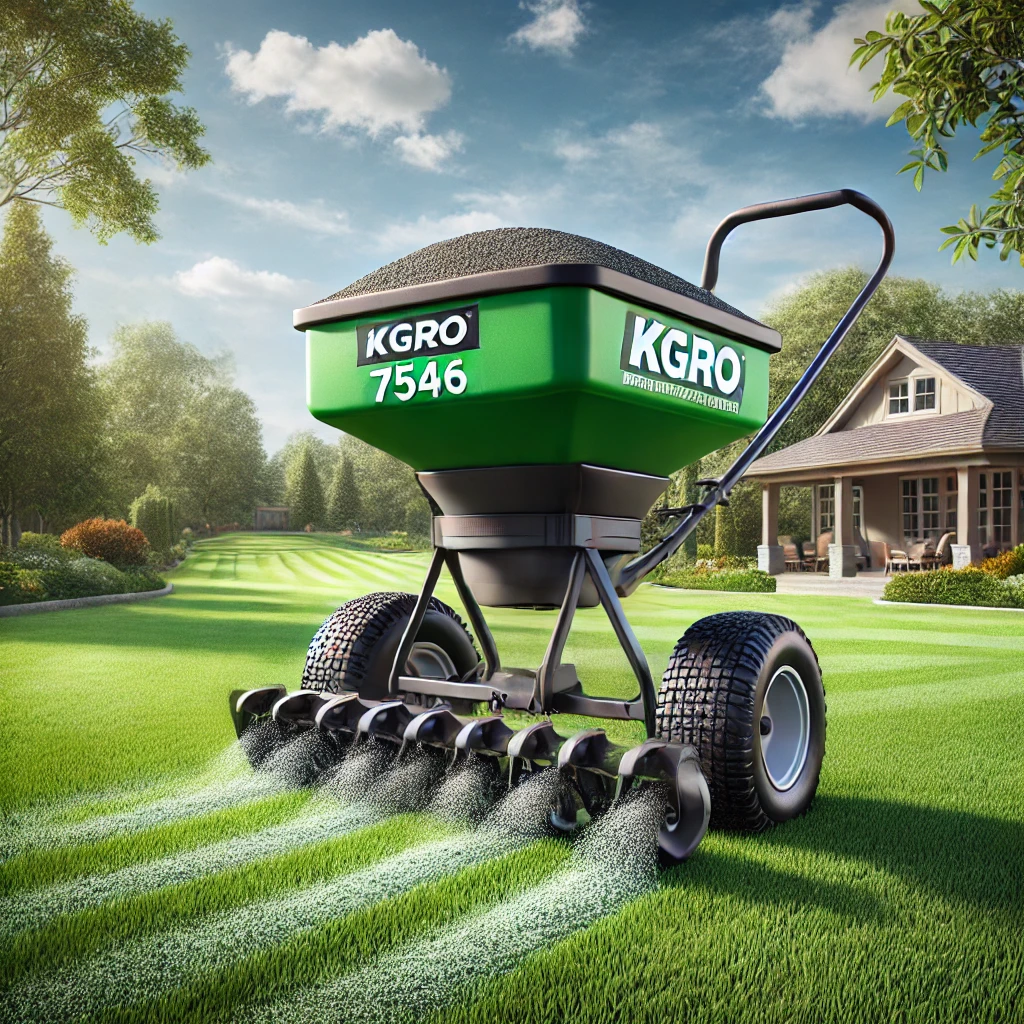Introduction
Choosing the right riding lawn mower is a critical decision for anyone looking to maintain their lawn with efficiency and ease. Unlike push mowers, riding mowers offer the comfort and speed necessary for managing larger areas. A well-selected mower turns a daunting task into a smooth and even enjoyable activity.
Moreover, the efficiency of a suitable mower not only saves time but also ensures your lawn is cut uniformly, enhancing the aesthetic appeal of your property.
Thus, investing time in understanding different mower types and features can significantly optimize your lawn care routine, making it crucial to select the right mower that aligns with the specific needs of your landscape.
Understanding Different Types of Riding Lawn Mowers

Riding lawnmowers come in several types, each designed to meet specific landscaping needs and challenges. The three main types you’ll encounter are rear-engine mowers, lawn tractors, and zero-turn mowers.
- Rear-engine mowers are typically the most compact and maneuverable type. Ideal for smaller yards with tight spaces, they offer a good balance of power and usability without the bulk of larger machines. However, they might struggle with very rough terrain or larger, more open spaces.
- Lawn tractors are the most common type of riding mower, known for their robustness and versatility. They have powerful engines and wider cutting decks, making them suitable for medium to large lawns with relatively even terrain. Lawn tractors can also be equipped with various attachments, enhancing their utility beyond mowing, such as towing garden carts or spreading seeds. The downside is their larger turning radius, which might not be ideal for yards with lots of obstacles.
- Zero-turn mowers excel in speed and agility. Characterized by their ability to pivot through 360 degrees, they can maneuver around obstacles with ease and are perfect for complex landscapes with multiple garden features. They also reduce mowing time significantly. However, they tend to be more expensive and might require some practice to handle effectively, especially on slopes.
Each type offers distinct advantages and disadvantages, depending on the size of your lawn and the complexity of the terrain. Understanding these can help you make a more informed decision tailored to your specific lawn care needs.
What to Know When Buying a Riding Lawn Mower
Key Features to Consider
When selecting a riding lawn mower, several key features can significantly impact its performance and your satisfaction. Here’s what to consider:
- Engine Power and Performance: The engine is the heart of a riding mower. Higher horsepower means more power to handle thick grass and uphill climbs without bogging down. For large or tough landscapes, a powerful engine will ensure consistent performance and less strain on the machine.
- Cutting Deck Size and Material: The size of the cutting deck determines how much grass you can cut at once. Larger decks cut more grass quickly, ideal for extensive lawns, while smaller decks offer better maneuverability in tight spaces. The material of the deck—often steel or polymer—also affects durability and performance.
- Maneuverability Features: The turning radius of a mower affects how easily you can navigate around obstacles like trees, beds, and paths. Zero-turn mowers are particularly effective at maneuvering in intricate spaces, making them a valuable option for complex landscapes.
- Comfort and Ergonomics: Since mowing can take time, comfort is crucial. Look for mowers with adjustable, cushioned seats, ample leg room, and ergonomically placed controls. These features can reduce fatigue and make the mowing experience more enjoyable.
Assessing Your Lawn’s Requirements
To choose the best mower for your needs, consider your lawn’s characteristics:
- Evaluating Lawn Size and Terrain: The size of your lawn largely dictates the size of the mower and its deck. Larger areas benefit from mowers with wider decks to reduce mowing time. The terrain is equally important; flat terrains require less power, while hilly terrains demand mowers with good horsepower and stable designs.
- Importance of Mower Size and Power Relative to Lawn Specifics: Mowers need to match the lawn’s size and complexity. A powerful engine and larger deck are advantageous for extensive, open lawns, but smaller, obstacle-rich lawns might benefit from a mower with greater maneuverability and a smaller deck.
Understanding these requirements will guide you in selecting a riding lawn mower that not only handles your lawn’s unique challenges but also provides a comfortable and efficient mowing experience.
Budget and Cost Considerations
When investing in a riding lawn mower, budgeting wisely is key, not just for the initial purchase but for long-term expenses as well:
- Price Range for Various Mower Types and Brands: Rear-engine mowers, typically the most economical, can range from $1,000 to $3,000. Lawn tractors are mid-range in price, generally between $1,500 and $4,000, while zero-turn mowers are on the higher end, costing anywhere from $2,500 to over $5,000 depending on features and capabilities.
- Discussing Long-term Costs Including Maintenance and Fuel Consumption: Beyond the purchase price, consider the cost of maintenance, which includes regular oil changes, blade sharpening, and replacement of belts and filters. Fuel consumption can also vary significantly between models, with larger engines consuming more fuel. Opting for a mower that is fuel-efficient and easy to maintain can reduce long-term costs.
Maintenance and Longevity

Proper maintenance not only extends the life of your mower but also ensures it runs efficiently:
- Routine Maintenance Requirements: Regular maintenance tasks such as changing the oil, cleaning or replacing air filters, and sharpening blades are crucial. Check the mower’s manual for specific maintenance recommendations and schedules.
- Expected Lifespan and Durability of Components: A well-maintained riding mower can last 10 to 20 years, depending on usage. The durability of components like the engine, chassis, and cutting deck largely depends on the quality of materials and construction.
- Availability of Parts and Serviceability: Ensure that parts are readily available and that you have access to service centers or skilled technicians who can perform repairs. Mowers from reputable brands often have better parts availability and customer support.
Safety Features

Safety is paramount when operating any heavy machinery, including riding lawnmowers:
- Essential Safety Features: Look for mowers equipped with automatic shut-off systems, which stop the engine or blades if the operator leaves the seat. Blade safety features, such as protective guards and disengagement systems, are also important.
- Tips for Safe Operation: Always read the manufacturer’s instructions before use. Wear appropriate safety gear, avoid mowing on wet grass to reduce slipping, and be cautious on slopes to prevent rollovers. Ensure that children and pets are inside and away from the area being mowed.
By understanding these aspects—costs, maintenance, longevity, and safety—you can make a well-informed decision that ensures you get a reliable, effective, and safe riding lawn mower that suits your budget and lawn’s needs.











Leave a Reply